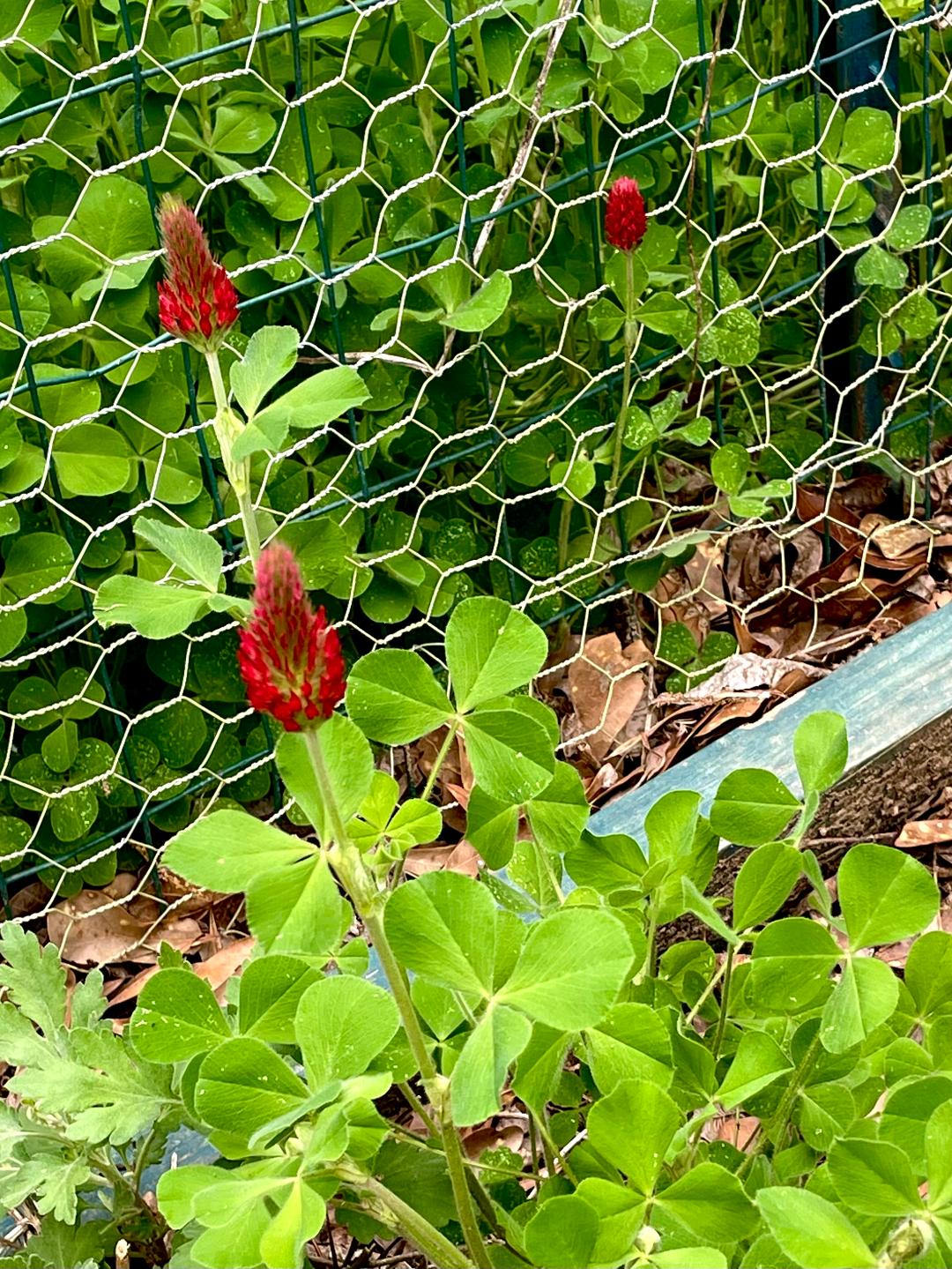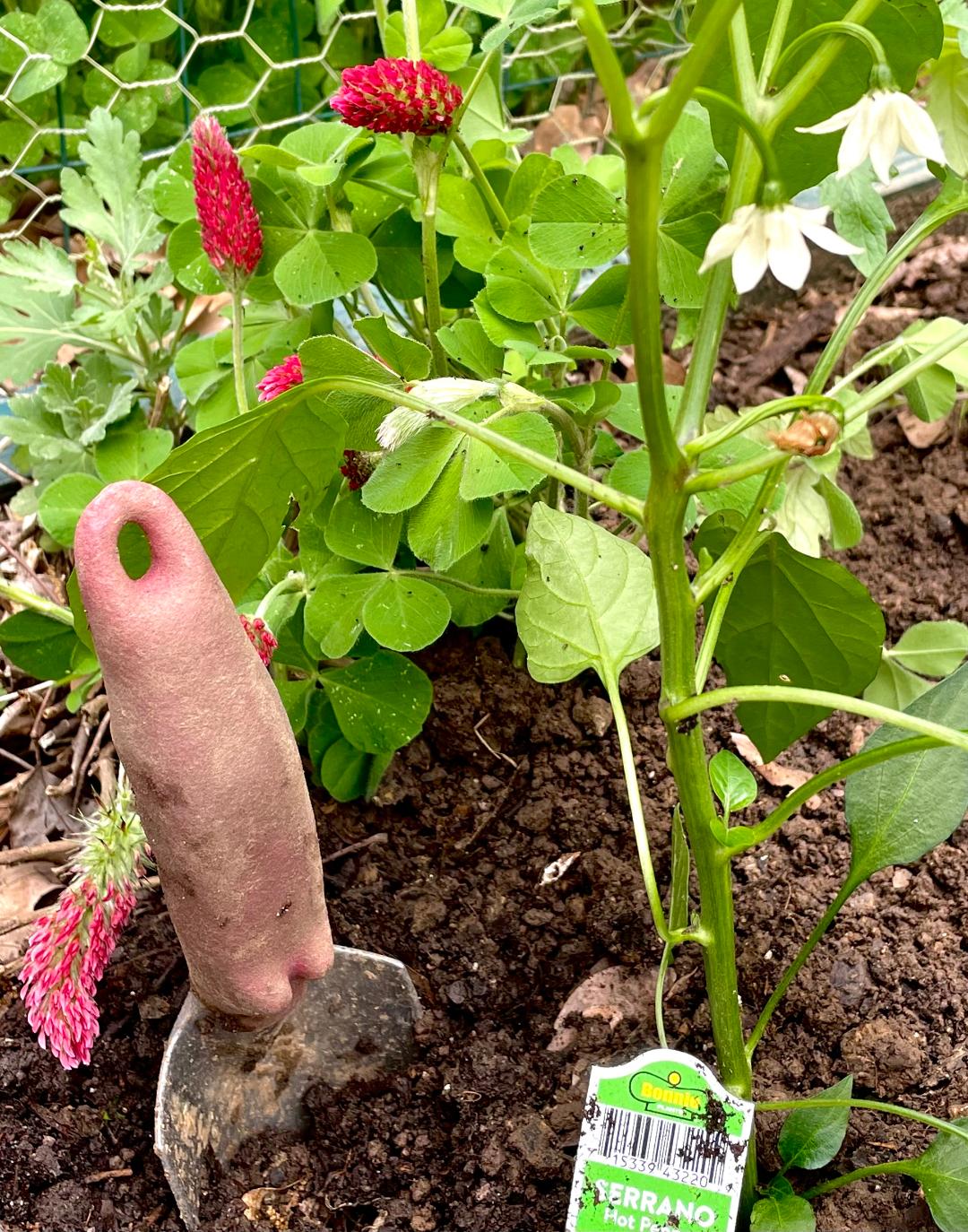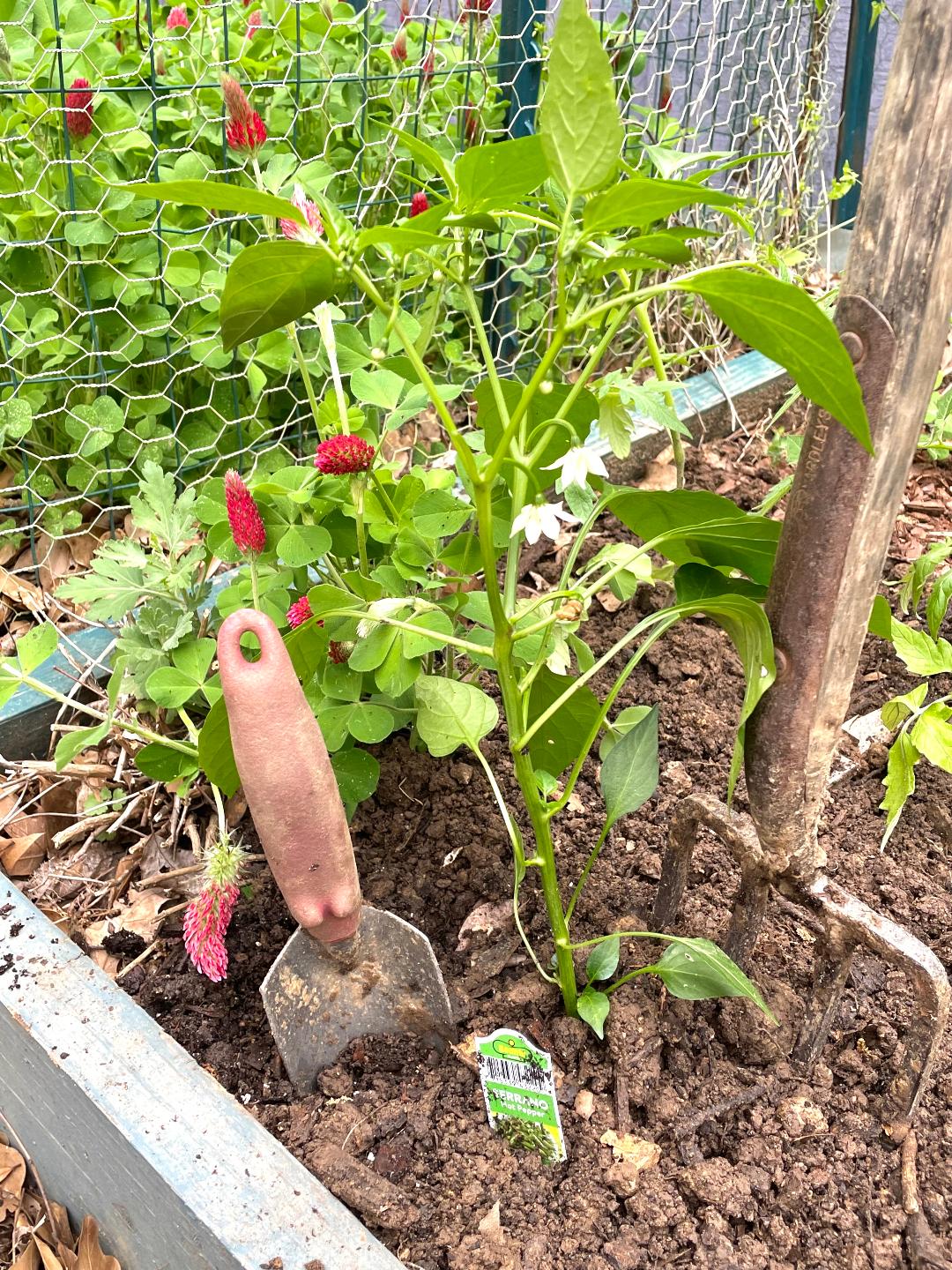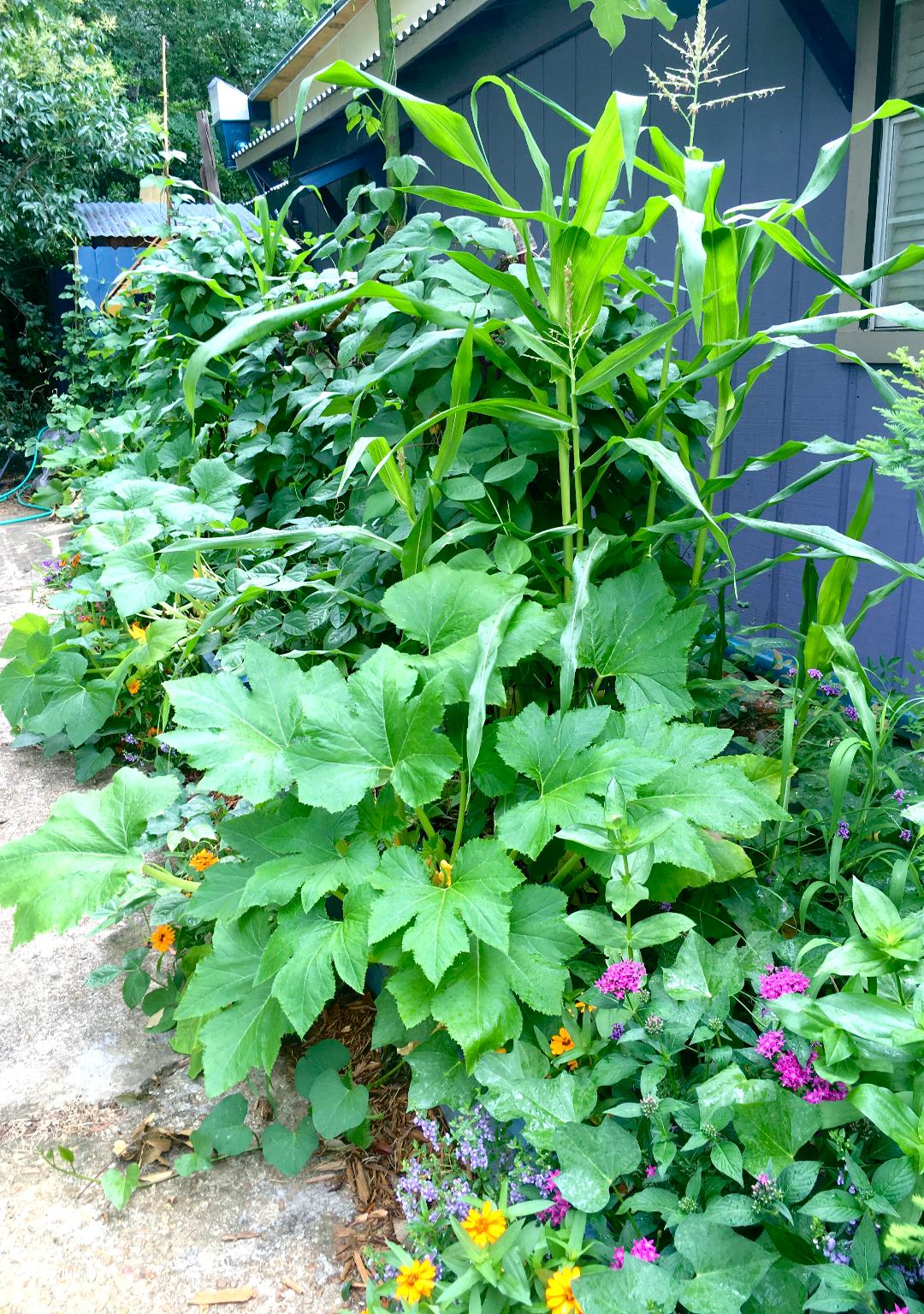This old garden gambler can’t brag too much
Published 10:38 am Thursday, March 30, 2023

- Crimson clover cover crop (FR)
|
Getting your Trinity Audio player ready...
|
This old garden gambler can’t brag too much, but I resisted the itch to plant summer stuff early. But it’s finally time to jump in and go!
Though our Northern friends have to wait until Memorial, the traditional planting date for Southern summer gardens is Good Friday, or at least April, by which time frosts are usually done, and, more importantly, the soil and rains have started to warm up. Planting early often leads to root rot and wasted time, seed, and hope.
Sure, two weeks ago, in an effort to assuage strong natural urges, I got some pepper, tomato, and basil plants, and laid out my packets of seeds, some freshly bought and some saved from last year in carefully-labeled envelopes. But I made myself hold off putting them in the ground until this weekend, when conditions are much better from the plants’ own perspectives.
So after a multiple-garden center shopping spree, hilling up my potatoes one last time, thinning the lettuces, finishing a little weeding, and cutting down the thick stand of crimson clover I use to build up soil in unused beds over the winter, I started tucking new plants in between existing cool weather crops.
By the way, I largely use a “no till” approach. First time I dug my new beds a solid shovel deep and chopped up the big chunks, I spread a generous layer of bark, compost, and manure over the fresh dirt, and blended it thoroughly with an inexpensively-rented tiller. After planting, I mulched deeply with bark in the spring, and again with fallen leaves in the fall, and now I am done tilling for good.
After the first year I found big worms doing most of the heavy work for me. Now I simply dig in the old mulch with a small “garden fork” or a hand trowel, make a small hole, plop the new plant in, and cover the roots with the dark, crumbly dirt my worms created while tunneling around. A bit of fresh mulch, and I’m done, my worms and plants happier.
When I cut my crimson clover down in the spring I simply use my trowel to plant between its roots, and use the clippings and some fresh bark as mulch and worm food. It really is that easy, if you do the digging and tilling right the first go-round, and mulch.
Because of this, it’s easy to mix veggies, herbs, and flowers in a flowerbed configuration, with only peas, beans, and tomatoes in short rows, all supported with a movable section of cattle fencing. And I always plant flowers and culinary herbs in between everything, and shift stuff around every year to reduce pest buildup. This “potager” approach reduces pests, and looks good.
I’m going again this year with several plots of “the three sisters” combination of corn, peas or beans, and squash, all in the same mounds like what’s been done for countless centuries in the Americas. I set up a teepee of stakes, plant squash in the middle, a small circle of corn around the stakes, and beans in between the corn. They grow together perfectly and help support and protect one another in the process.
If you have kids, get them to look up The Three Sisters method of gardening. They’ll be inspired to give it a try themselves and learn a bit of history and culture at the same time. Hint: Have them include some sunflowers and zinnias, and a pollinator-friendly flowering vine or two such as black-eyed Susan vine or cypress vine, all easy from seed.
It’s finally time – now go!
Felder Rushing is a Mississippi author, columnist, and host of the “Gestalt Gardener” on MPB Think Radio. Email gardening questions to rushingfelder@yahoo.com.







